Neurolep | 800 mg | Tablet | 10 pcs
৳ 60.40
Brand Name: Neurolep Tablet
Generic: Piracetam
800 mg
Manufacturer: Square Pharmaceuticals Ltd.
Unit Price: ৳ 6.04 (5 x 10: ৳ 302.00)
Strip Price: ৳ 60.40
Indications
Cerebral vascular accidents and cerebral insufficiencies: Ischaemic or even haemorrhagic acute accidents, chronic manifestations of the above accidents or of cerebral atherosclerosis.
Mental retardation in children: Ease of resuming individual contact, sociability and learning, improved intellectual performances and school results.
Behaviour and psychotic problems in old age: Memory deficits, particularly with regard to fixation and evocation asthenia adaption disorders, disturbed psychomotor reactions. Patients suffering from myoclonus of cortical origin.
Therapeutic Class
Pharmacology
Piracetam’s mechanism of action is not fully understood. The drug influences neuronal and vascular functions and influences cognitive function without acting as a sedative or stimulant. Piracetam is a positive allosteric modulator of the AMPA receptor. It is hypothesized to act on ion channels or ion carriers, thus leading to increased neuron excitability. GABA brain metabolism and GABA receptors are not affected by piracetam
It has been found to increase blood flow and oxygen consumption in parts of the brain, but this may be a side effect of increased brain activity rather than a primary effect or mechanism of action for the drug.
Piracetam improves the function of the neurotransmitter acetylcholine via muscarinic cholinergic (ACh) receptors, which are implicated in memory processes. Furthermore, piracetam may have an effect on NMDA glutamate receptors, which are involved with learning and memory processes. Piracetam is thought to increase cell membrane permeability. Piracetam may exert its global effect on brain neurotransmission via modulation of ion channels (i.e., Na+, K+). It has been found to increase oxygen consumption in the brain, apparently in connection to ATP metabolism, and increases the activity of adenylate kinase in rat brains. Piracetam, while in the brain, appears to increase the synthesis of cytochrome b5, which is a part of the electron transport mechanism in mitochondria. But in the brain, it also increases the permeability of the mitochondria of some intermediaries of the Krebs cycle.
Dosage & Administration
Oral: Adults:
- In cerebro-cortical insufficiency disorders, usual dose is one tablet (800 mg) 3 times a day.
- In myoclonic seizures, a dose of 7.2 gm daily, increasing by 4.8 gm per day every 3 to 4 days up to maximum of 20 gm daily, given in 2 or 3 divided doses.
Oral: Children: The daily dosage depends on the weight of the child, 50 mg/kg of body weight in 3 divided doses. Once the desired results has been obtained, reduce the initial dose by half.
Parenteral formulations: When parenteral administration is needed (e.g. swallowing difficulties, unconsciousness) Piracetam can be administered intravenously. When treating severe symptoms, 12 g daily may need to be administered as an intravenous infusion.
Interaction
Contraindications
Piracetam is contra-indicated in patients with severe renal insufficiency (creatinine clearance < 20 ml/min) and hepatic impairment. As the principal route of elimination for Piracetam is via the kidney, special care must be taken when treating patients known to suffer from renal insufficiency. Monitoring of renal function is recommended in such cases. The increase in half-life is directly related to the decrease in renal function and creatinine clearance. This is also true for the older patient in whom creatinine clearance is dependent on age. When the creatinine clearance is < 60 ml/min, or serum creatinine is >1.25 mg/100 ml, the dosage prescribed should be calculated as following:
CrCl 60-40 ml/min: Dosage should be 1/2 of normal dose
CrCl 40-20 ml/min: Dosage should be 1/4 of normal dose
Side Effects
Pregnancy & Lactation
Use in Special Populations
Children: No formal pharmacokinetic study has been conducted in children.
Elderly: In the elderly, the half-life of piracetam is increased and the increase is related to the decrease in renal function in this population (see Section Dosage and Administration).
Renal impairment: Piracetam clearance is correlated to creatinine clearance. It is therefore recommended to adjust the daily dose of piracetam based on creatinine clearance in patients with renal impairment
Hepatic impairment: The influence of hepatic impairment on the pharmacokinetics of piracetam has not been evaluated. Because 80 to 100% of the dose is excreted in the urine as unchanged drug, hepatic impairment solely would not be expected to have a significant effect on piracetam elimination.
Overdose Effects
Reconstitution
Piracetam is compatible (physico-chemical compatibility) with the perfusions of:
- Glucose 5%, 10%, 20%
- Fructose 5%, 10%, 20%
- Sodium chloride 0.9%
- Dextran 40 (10% in a 0.9% NaCl solution)
- Ringer Mannitol 20%
- HES solution (Hydroxy Ethyl Starch) 6% and 10%
The stability of these solutions has been demonstrated up to 24 hours.
Storage Conditions
| Generic Name | Piracetam |
|---|---|
| Size | 800 mg |
Only logged in customers who have purchased this product may leave a review.


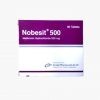

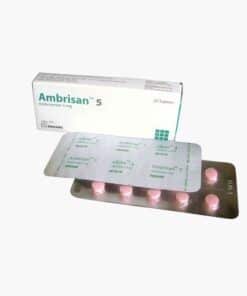
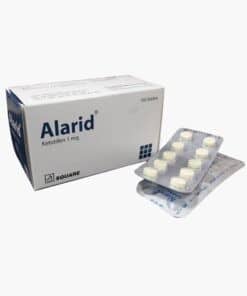
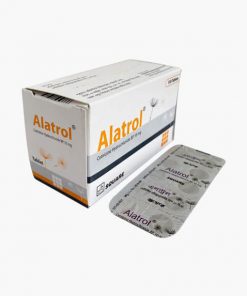
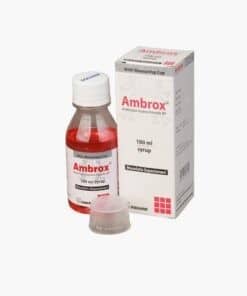
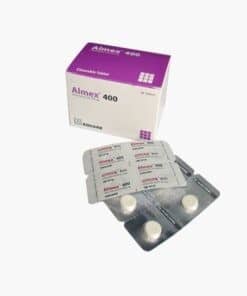
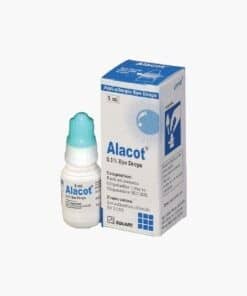
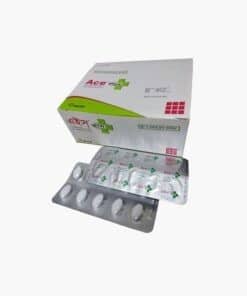
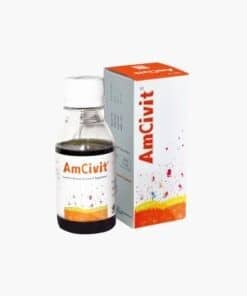
Reviews
There are no reviews yet.